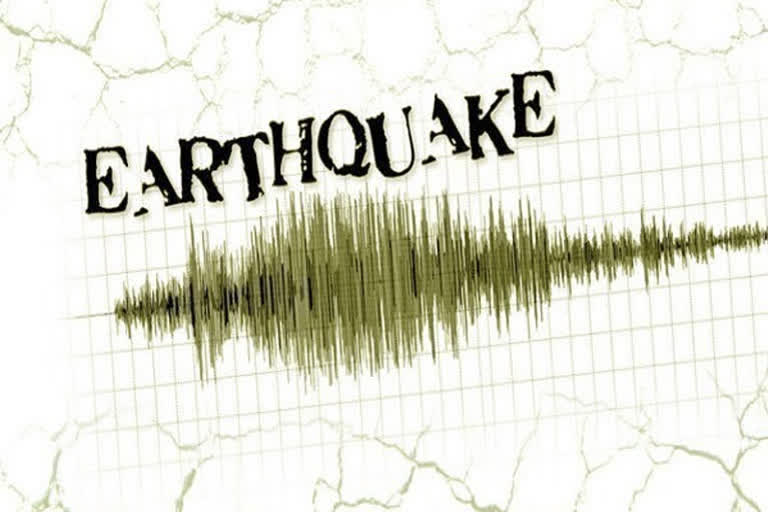Gandhinagar (Gujarat): As many as 19 earthquakes of magnitudes in the range of 1.7 to 3.3 were experienced in Gujarat's Gir Somnath district from the wee hours of Monday, officials said.
There were no reports of any casualty or loss of property, they said. A senior official at the Gandhinagar-based Institute of Seismological Research (ISR) called the phenomena as "monsoon-induced seismicity," generally experienced in a few areas of Gujarat's Saurashtra region after two-three months of heavy rainfall, and said there was nothing to worry about.
Since 1.42 am, 19 quakes, having intensities of 1.7 to 3.3, were recorded with their epicentres in East-North-East (ENE) of Talala in Gir Somnath district of Saurashtra, an official from the ISR said.
While most of these quakes were of below 3 magnitudes, six were of intensities of more than 3, including a 3.3 magnitude quake recorded at 3.46 am with its epicentre 12 km ENE of Talala in the district.
The latest earthquake, of magnitude 3.2, was felt at 9.26 am with its epicentre 11 km ENE of Talala, the official said. Three of the 19 quakes were of 3.1 magnitude, he said. "This is monsoon-induced seismicity. When the monsoon is more than normal, such quakes are felt after two-three months of rainfall," said Sumer Chopra, Director, ISR.
"The frequency varies, but quakes occur generally during this period in Talala in Gir Somnath district as well as Porbandar and Jamnagar, which had earlier experienced similar activity, but it has now subsided," he said.
Recently, similar quakes were experienced in Porbandar, which were not seen before, he said. "Rocks in these regions are fractured. When water seeps into the fractures, pore pressure is generated.
"The rocks are already critically stressed. Water adds to the existing pressure, causing the release of quakes. These are small activities and nothing to worry about," he said.
Also Read: Earthquake of 4.3 magnitude hits Dilglipur in Andaman and Nicobar Islands



